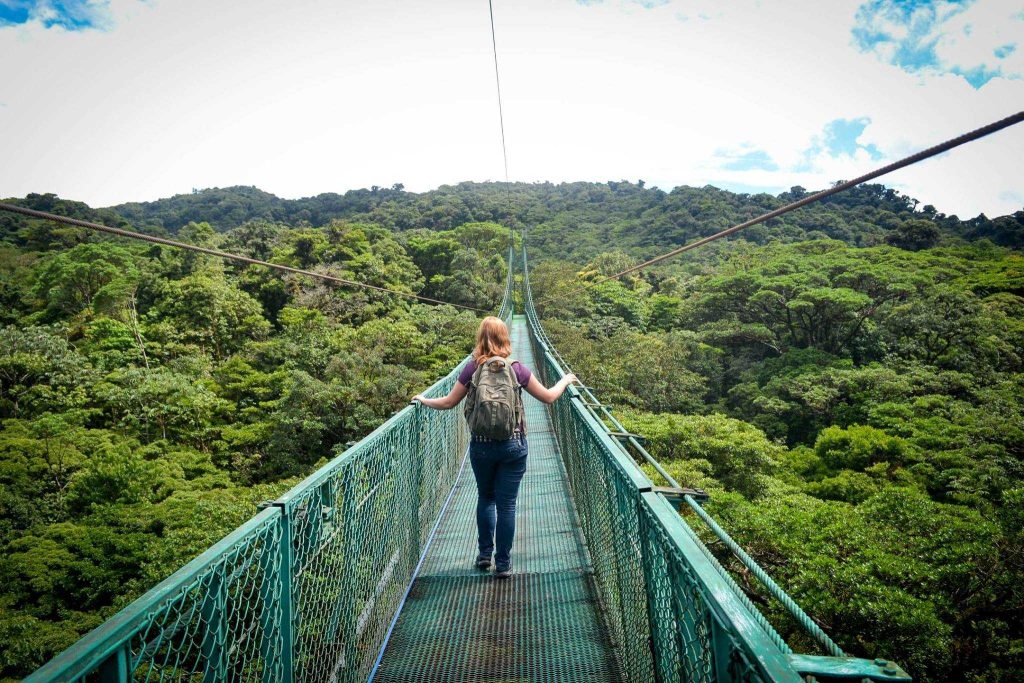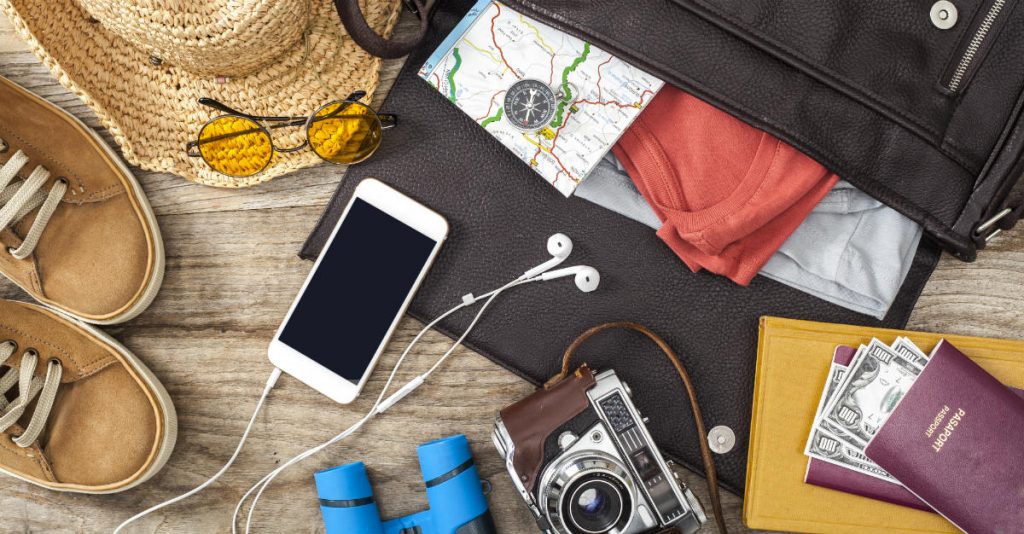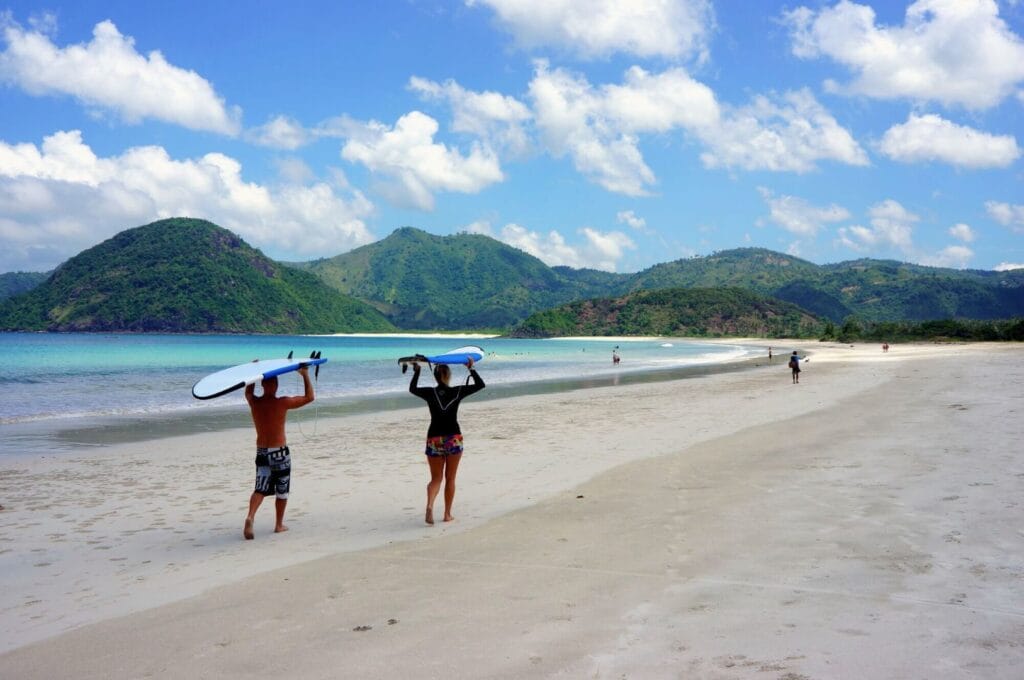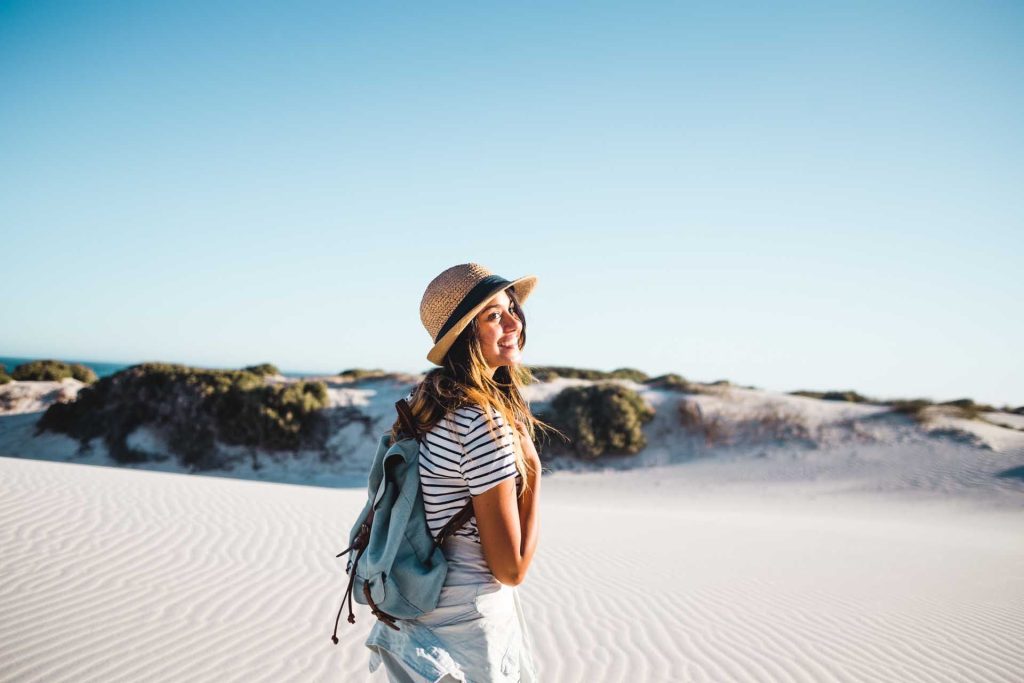Traveling solo can be one of the most empowering and transformative experiences of your life. The freedom to create your own itinerary, meet new people, and fully immerse yourself in a destination is unparalleled. However, traveling alone also comes with unique challenges, especially when it comes to safety. With careful planning and awareness, you can ensure your solo adventures are both exciting and secure. Here’s a comprehensive guide on how to travel solo safely.
1. Research Your Destination Thoroughly

Before booking your trip, it’s essential to gather detailed information about your destination. Research local customs, laws, and cultural norms, as this knowledge will help you avoid unintentional mistakes. Look into areas that are safe for tourists and those that should be avoided. Travel forums, blogs, and social media groups for solo travelers can provide first-hand insights about safety, scams, and practical tips.
2. Plan Your Accommodation Wisely
Choosing safe and reliable accommodation is crucial for solo travelers. Opt for well-reviewed hotels, hostels, or guesthouses in safe neighborhoods. Platforms like Booking.com, Airbnb, and Hostelworld often include traveler reviews that can give you insight into the security and safety of a location. When possible, choose accommodations with 24-hour reception, secure locks, and surveillance. Consider booking private rooms if staying in hostels, as this adds an extra layer of security and privacy.
3. Keep Your Valuables Secure

Protecting your belongings should be a top priority. Use anti-theft backpacks, money belts, or hidden pouches for passports, cash, and electronics. Avoid displaying expensive items like jewelry, cameras, or smartphones in public spaces. Keep digital copies of important documents like your passport, visa, and travel insurance on a secure cloud service or email. This way, if anything is lost or stolen, you’ll have backup documentation ready.
4. Stay Connected
Staying in touch with someone back home can be a lifesaver. Share your itinerary with a trusted friend or family member and regularly update them on your location. Carry a local SIM card or portable Wi-Fi device so you can access maps, emergency numbers, and communication apps. Many solo travelers also use apps that track their location in real-time with selected contacts for added safety.
5. Blend In With the Locals
One of the simplest ways to stay safe is to avoid standing out as a tourist. Dress appropriately for the culture, be mindful of local customs, and avoid overtly flashy clothing or accessories. Learn a few basic phrases in the local language; even simple greetings or polite requests can help you earn respect and navigate situations more smoothly. Confidence in your behavior also reduces the likelihood of being targeted by opportunistic criminals.
6. Trust Your Instincts
Your intuition is one of your best safety tools. If a situation feels off, remove yourself immediately. This might mean walking away from a suspicious area, declining invitations from strangers, or leaving a social setting that feels unsafe. Solo travel requires heightened awareness, so always be conscious of your surroundings and listen to your gut.
7. Avoid Risky Situations

Solo travelers should be particularly cautious with nightlife, alcohol, and public transportation at night. Stick to well-lit streets, reputable taxi services, and avoid accepting rides from strangers. When exploring remote areas or nature trails, inform someone of your plans and estimated return time. Research local emergency services so you know where to turn in case of trouble.
8. Travel Insurance Is a Must
No one wants to think about accidents or illness on a trip, but travel insurance is crucial for solo travelers. Comprehensive coverage should include medical emergencies, theft, trip cancellations, and lost luggage. In the event of an emergency, having insurance provides not just financial security but also peace of mind.
9. Meet People Safely
Solo travel doesn’t mean isolation. Many travelers enjoy meeting others along the way. Use common-sense precautions: meet in public spaces, avoid sharing personal information too soon, and always keep your belongings close. Hostels, guided tours, and reputable social apps for travelers are great ways to connect with like-minded people safely.
10. Keep Learning and Adapting
Safety is an ongoing process. Each destination brings its own risks and challenges, so stay flexible and prepared to adjust your plans. Regularly check travel advisories, local news, and updates on conditions that may affect your trip. Being proactive and informed is key to staying safe.
Conclusion
Solo travel offers unparalleled freedom and self-discovery, but it requires a mindful approach to safety. By researching your destination, securing your belongings, staying connected, and trusting your instincts, you can enjoy a rewarding, worry-free journey. Remember, preparation is the foundation of safe travel, and the confidence it brings allows you to fully embrace the adventure. Traveling alone doesn’t have to be risky—it can be your most empowering experience yet.


